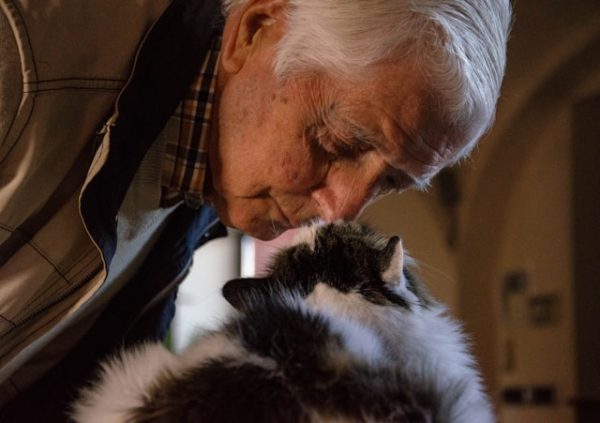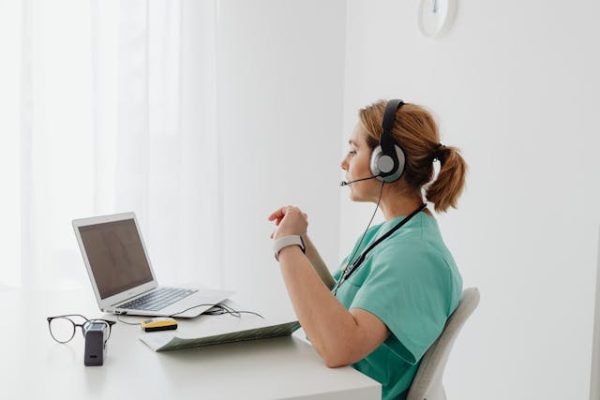
Natural disasters are an unpredictable force of nature, capable of disrupting daily life and putting people in harm’s way. For seniors, the risks during events like hurricanes, wildfires, or earthquakes can be especially significant. Mobility challenges, health issues, and limited access to resources can make it harder for older adults to navigate emergencies safely.
Medical alert devices have become indispensable tools for seniors and their families, particularly during natural disasters. These devices offer a vital lifeline, providing immediate communication and safety monitoring when it’s needed most. A reliable service like Life Assure can play a pivotal role in ensuring peace of mind and safety during such emergencies.
In this article, we’ll explore the benefits of medical alert devices for seniors during natural disasters, how they work, and why they are an essential part of emergency preparedness.
The Unique Challenges Seniors Face During Natural Disasters
Natural disasters like hurricanes, floods, wildfires, and blizzards can create significant challenges for everyone. For seniors, these events often present unique obstacles:
1. Limited Mobility
Many older adults struggle with mobility issues, which can hinder evacuation efforts. Navigating stairs, crowded areas, or long distances is often impractical without assistance.
2. Health Vulnerabilities
Seniors are more likely to have chronic conditions such as heart disease, diabetes, or respiratory issues. During disasters, disruptions to routine care or a lack of access to medication can exacerbate these health concerns.
3. Communication Barriers
In emergencies, staying connected with loved ones or emergency services is vital. However, power outages and cell network disruptions can make traditional communication methods unreliable.
4. Increased Isolation
Seniors living alone are at a greater risk during natural disasters. Without someone nearby to provide assistance, even small challenges can escalate into life-threatening situations.
These challenges underscore the need for reliable solutions like medical alert devices that empower seniors and bridge gaps in safety and communication during crises.
What Are Medical Alert Devices, and How Do They Work?
Medical alert devices are wearable or stationary systems designed to provide quick access to emergency assistance. These devices often include a help button, GPS tracking, and two-way communication capabilities.
How Medical Alert Devices Operate
- Activation: In an emergency, the user presses the device’s help button.
- Connection: The device immediately connects the user to a 24/7 monitoring center or a pre-programmed contact.
- Response: Trained operators assess the situation and dispatch emergency services if needed.
Modern medical alert systems are designed to function even during adverse conditions, such as power outages or network failures. Features like GPS tracking, fall detection, and extended battery life make these devices particularly useful during disasters.

The Role of Medical Alert Devices During Natural Disasters
Medical alert devices can serve as a lifeline during natural disasters, offering seniors critical tools for survival and communication.
1. Emergency Communication
During a natural disaster, communication systems can break down. Medical alert devices provide a dedicated channel to reach emergency responders or loved ones quickly.
For instance, in areas affected by hurricanes or wildfires, seniors can use their medical alert devices to signal distress or request evacuation assistance, ensuring they aren’t left behind.
2. Location Tracking
GPS-enabled medical alert devices allow family members and emergency personnel to track a senior’s location. This feature is invaluable during evacuations when seniors may become disoriented or separated from their group.
3. Health Monitoring and Fall Detection
In chaotic situations, seniors are more likely to suffer injuries or medical episodes. Many medical alert systems come equipped with fall detection sensors, which automatically notify monitoring centers if a fall is detected. This ensures prompt medical attention even if the user is unable to press the help button.
4. Battery Backup
Unlike smartphones, which may lose power quickly, medical alert devices are designed with extended battery life. Some systems can operate for days on a single charge, making them more reliable during prolonged disasters.
Key Features to Look for in Medical Alert Devices for Natural Disasters
When choosing a medical alert device, it’s essential to consider features that enhance safety during emergencies. Here are some critical factors to look for:
Durability
Select devices that are water-resistant and shockproof to withstand harsh conditions.
Extended Battery Life
A device with a long-lasting battery ensures uninterrupted functionality during power outages.
GPS Tracking
Real-time location tracking helps emergency responders and loved ones locate the user quickly.
Two-Way Communication
Built-in communication capabilities allow users to describe their situation directly to responders.
Nationwide Coverage
Ensure the device works in a wide range of locations, particularly if the user needs to evacuate.
By prioritizing these features, seniors and their families can find a device tailored to their specific needs.
Preparing Seniors with Medical Alert Devices Before Disaster Strikes
While medical alert devices are invaluable during disasters, their effectiveness depends on proper preparation. Here’s how seniors can ensure they’re ready to use their devices in an emergency:
1. Understand How the Device Works
Familiarity with the device’s functions is crucial. Seniors should practice using the help button, GPS features, and other capabilities to feel confident during an emergency.
2. Keep the Device Charged
Regularly check the battery level and charge the device to ensure it’s ready when needed.
3. Create an Emergency Plan
Pair the medical alert device with a comprehensive emergency plan. This plan should include:
- An evacuation route.
- A list of emergency contacts.
- A supply kit with medications, water, and essentials.
4. Update Emergency Contacts
Ensure the device’s monitoring service has the most up-to-date contact information for loved ones or caregivers.
Real-Life Examples of Medical Alert Devices Saving Lives
There are countless stories of seniors who have relied on their medical alert devices during emergencies. For instance:
- During a wildfire in California, a senior with mobility issues used her GPS-enabled device to alert authorities of her location. First responders arrived within minutes, ensuring her safe evacuation.
- After a hurricane knocked out power and phone lines, a medical alert device allowed an elderly man to call for help when his health conditions began to worsen. The device’s battery backup kept it operational until assistance arrived.
These examples highlight the life-saving potential of medical alert devices during natural disasters.
Why Medical Alert Devices Are an Essential Investment for Seniors
Medical alert devices are more than just tools for daily health monitoring; they are vital for ensuring safety and independence during emergencies. For seniors, these devices provide:
- Peace of Mind: Knowing help is always accessible reduces anxiety for both seniors and their families.
- Improved Response Times: Faster communication with responders can make the difference between life and death.
- Enhanced Independence: Seniors can confidently live alone, knowing they have a reliable safety net.
As natural disasters become more frequent and intense, having a medical alert device is no longer optional—it’s a critical part of staying safe.
Conclusion
Natural disasters pose significant risks to seniors, but medical alert devices offer a solution that bridges safety gaps and enhances preparedness. From providing immediate access to emergency assistance to offering GPS tracking and fall detection, these devices are indispensable during crises.
For seniors and their families, investing in a high-quality medical alert system is one of the best steps toward ensuring safety and peace of mind during unpredictable times. Whether it’s a hurricane, wildfire, or earthquake, a medical alert device can be the difference between chaos and security.
When preparing for natural disasters, consider pairing your emergency plan with a reliable device like those offered by trusted services such as Life Assure. With the right tools and preparation, seniors can face emergencies with confidence and resilience.

